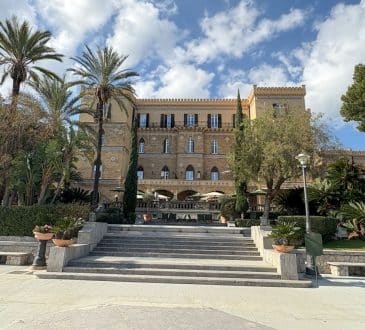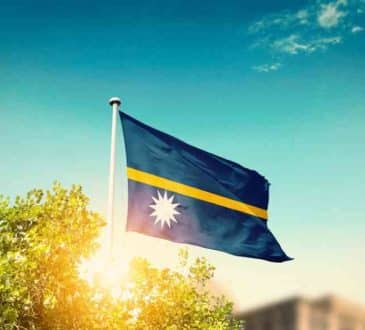10 Rarest Foods In The World
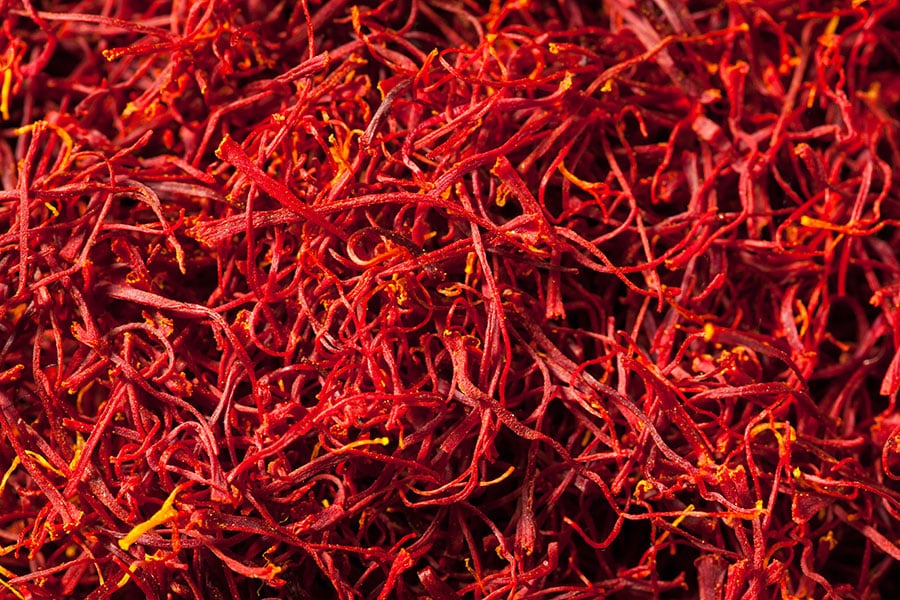
If food was ever intended by nature to be just means of sustenance for life on Earth it would just have been in the form of the simplest, tasteless molecules that could be digested quickly. But Nature, being what it is, had to spice things up, no pun intended, and that’s why the food we enjoy today is more than just sustenance.
For some it is a way of life and a reason why they travel. Going around the world to give a feast to the senses is not uncommon, and in the modern age food as a whole has diversified in the realms of art itself, and for that matter, every country, every region has its own flavor that speaks of it’s culture. Then we have food that is well known and then there is food you may not have heard of. This article outlines the exotic ones you may not have heard of.
- Saffron: Okay, so you may have heard about saffron, and that it comes from the beautiful valleys of Indian Himalayas and Greece, and one whose scent and aroma is unparalleled. What you may not know is that cultivating saffron is an extremely tough and expensive affair. A staggering 75000 flowers need to be cultivated and harvested to get a single pound of saffron. If that doesn’t raise your eyebrows, nothing will.

- Casu Marzu: Think of cheese with maggots crawling all over it. Disgusting? Absolutely yes. Officially banned? Check. Worth a try? Yes if you are willing to go to a Sardinian black market and see what the fuss is all about. The worms need to be alive for you to be able to enjoy the cheese at its best. Go figure.
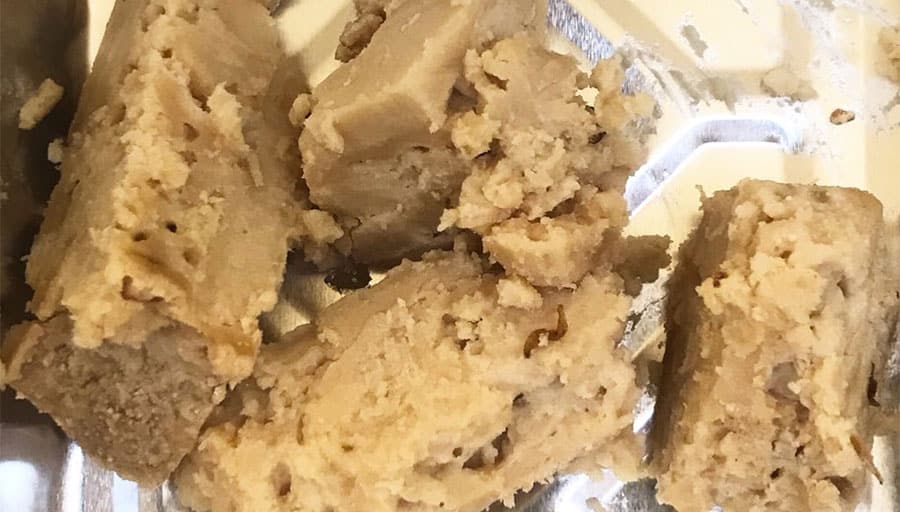
- Bird’s nest soup: If you are around South East Asia, home to one of the world’s weirdest and most wacky foods, and haven’t tasted the bird’s nest soup, you’ve missed the most scarce and rare type of soup in the world. Made of twigs, feathers and saliva of Swifts, this soup is for you if you can afford the exorbitant price, running into 4 digit figures.
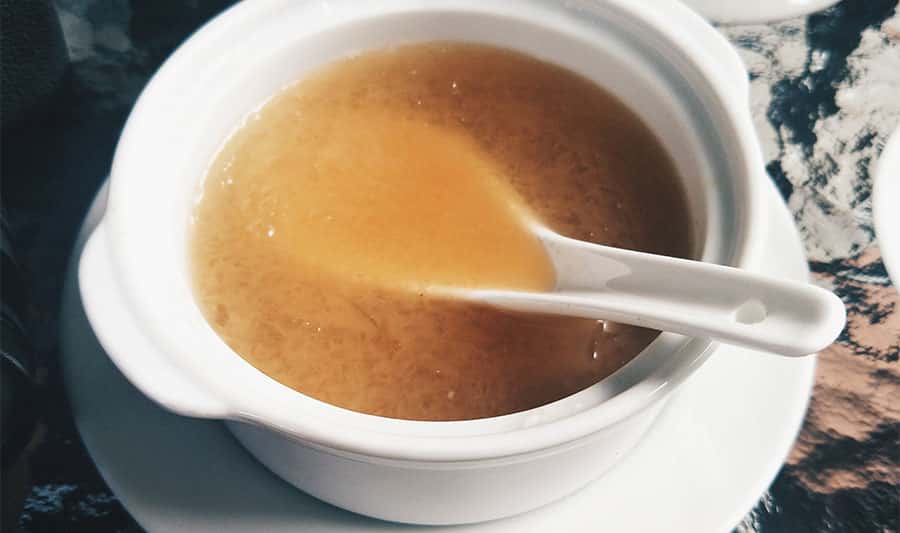
- Densuke Watermelon: This is another of those foods that are rare and hard to get simply because of their steep price and unique location, which happens to be a certain Hokkaido location in Japan. For about $4000, you get to taste the world’s most expensive watermelon, and if you think that’s too much, there’s reason for you to head down to Japan and see what the fuss is all about.
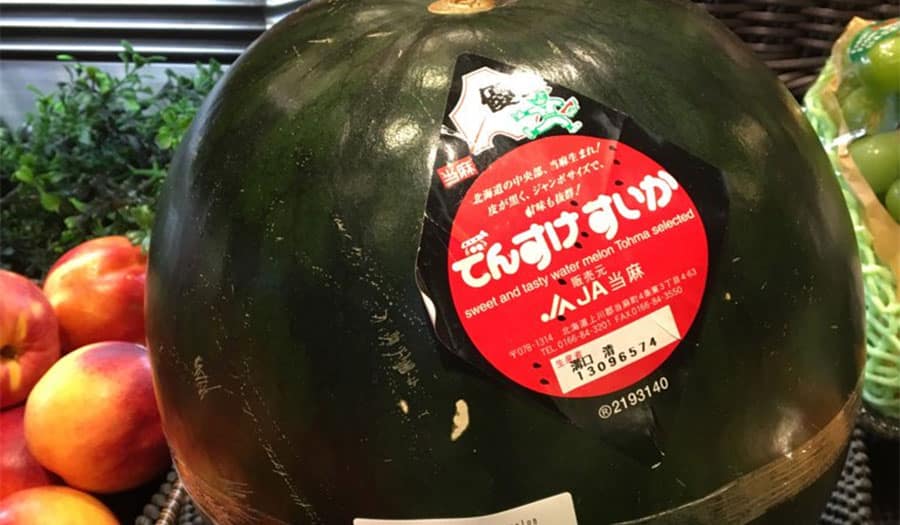
- Matsutake Mushroom: They are highly sought after in Japanese cuisine, but are notoriously difficult to produce. Matsutake Mushrooms are imported from all over the world into Japan where they retail for about $90 per kilogram, but the Matsutake that are produced in Japan can easily sell for upwards of $2,000 per kilogram.

- Raw heart of a Puffin: You may know Puffins to be cute little birds that taste really good at the hands of someone who knows how to cook them. But the reason they are here in this lost is the fact that it has been a long time tradition to capture a live Puffin and eat it’s heart out raw, literally, much like a snake’s heart that you would be offered if you were in Vietnam. See Gordon Ramsay’s episode where he head out to the Icelandic hills to try out some Puffin hearts.
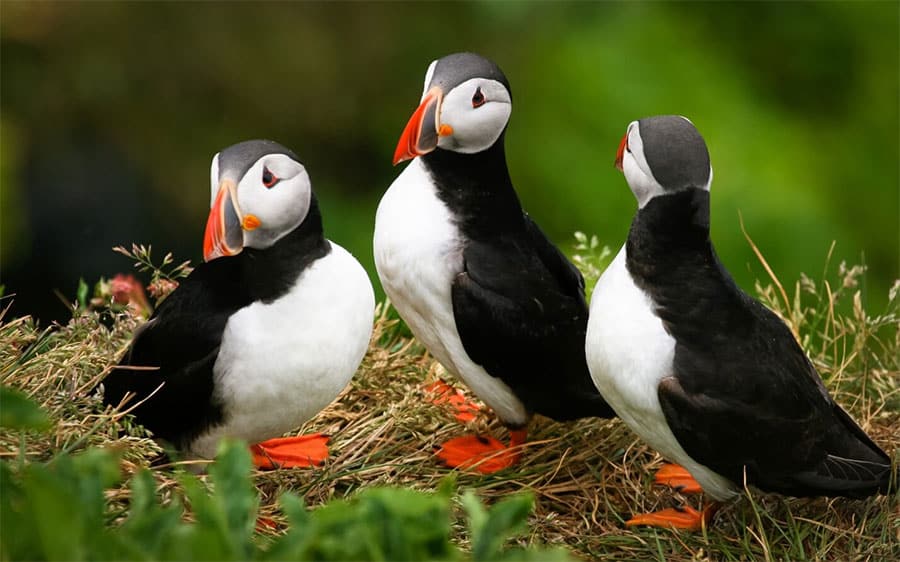
- Almas Caviar: A rare breed from the Caspian Sea, called the Albino Beluga Sturgeon, is the donor for the eggs that are harvested to make this caviar, and if you are in the Middle East, particularly in Iran, you’ve got to try this Caviar. It may be expensive and exotic, but it tastes like no other caviar anywhere in the world.
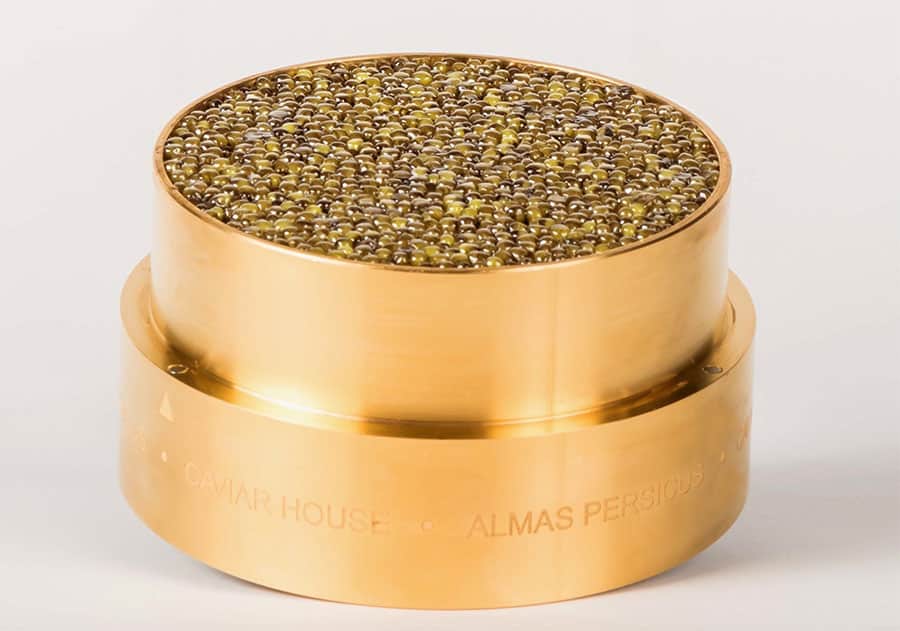
- Caffe Raro: A combination of two of the world’s rarest coffee beans, Jamaican Blue Mountain coffee and Kopi Luwak coffee beans creates what is known as Caffe Raro. The beans of Kopi Luwak can only be harvested from the droppings of an animal called the civet, which looks like the combination of a cat, raccoon, and opossum. Jamaican Blue Mountain Coffee is only reserved for coffee beans grown in the Blue Mountain regions of Jamaica.
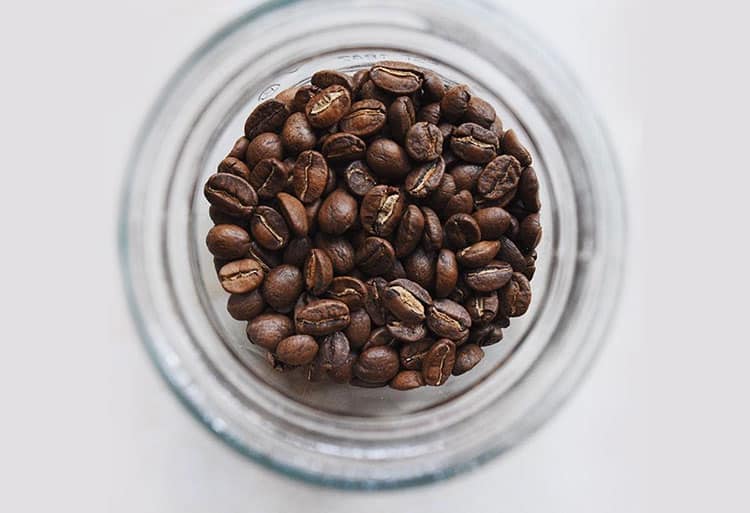
- Kobe Beef: Think about cows that are fed the most exotic grass and massaged with love and care only for their beef to be eaten. But if you can get your emotions to the delicacy, this Japanese offering, if marbled and cooked properly, becomes a serving that instantly melts in your mouth when you have it. Worth every penny of its price.
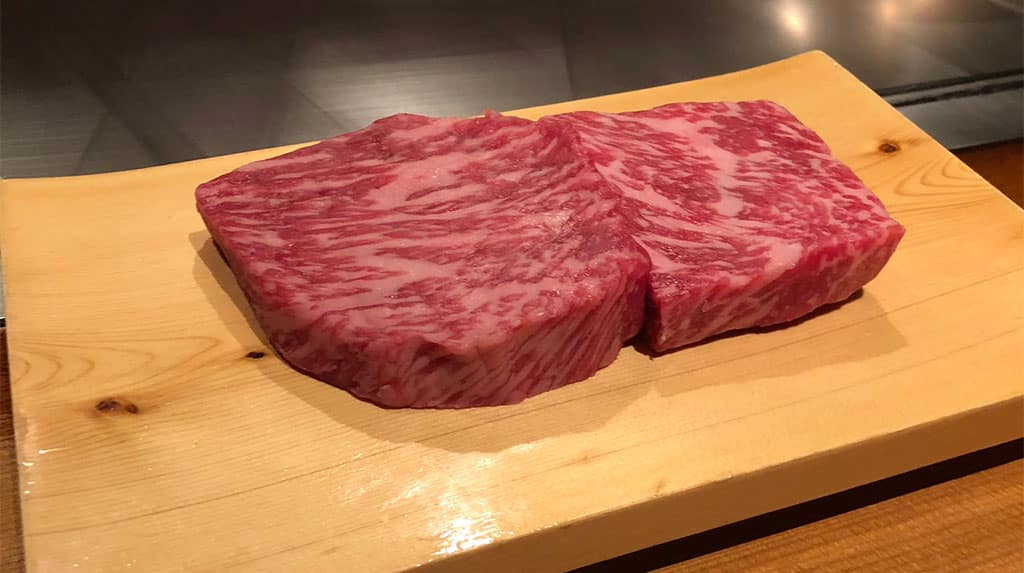
- Black Truffles: Talking about fungus, the rarest kind existing in the world are the Perigord Black Truffles. Its their aroma that catches your attention more than anything else, and among aphrodisiacs, they are the better offering compared to the white truffles. No wonder they are grown in France. They glow when they are cleaned to make you instantly fall in love, either with them or someone else.
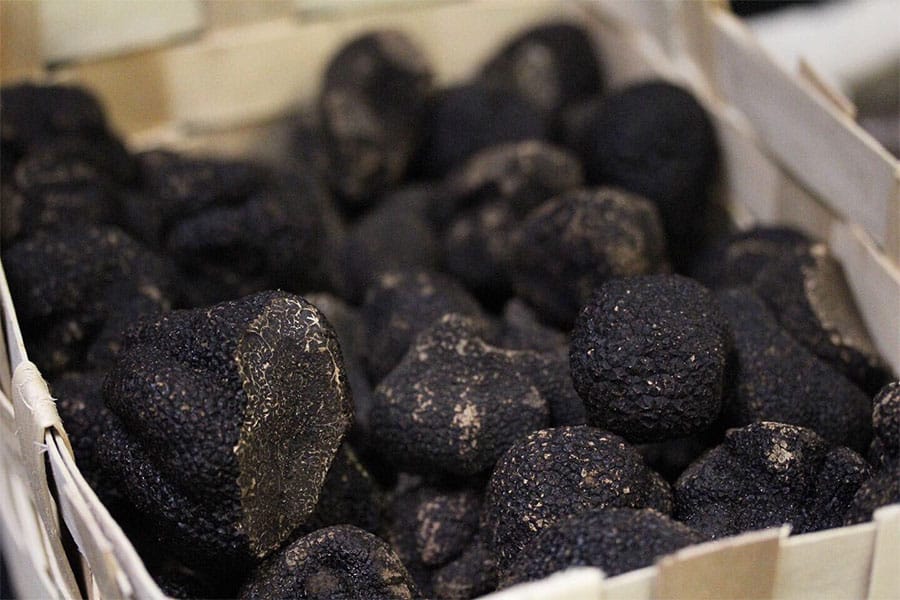
Have you read?
# Is True Employee Engagement the New Leadership Mindset by Vicki Brackett.
# Why appealing to employee motivations builds an empowered workforce by Tony Holmwood.
# The 30 Most Religious Places in the World, 2019.
# Most Family-Friendly Countries In Europe, 2019.
# Ranked: Least Peaceful Countries In The World, 2019.
Bring the best of the CEOWORLD magazine's global journalism to audiences in the United States and around the world. - Add CEOWORLD magazine to your Google News feed.
Follow CEOWORLD magazine headlines on: Google News, LinkedIn, Twitter, and Facebook.
Copyright 2025 The CEOWORLD magazine. All rights reserved. This material (and any extract from it) must not be copied, redistributed or placed on any website, without CEOWORLD magazine' prior written consent. For media queries, please contact: info@ceoworld.biz




